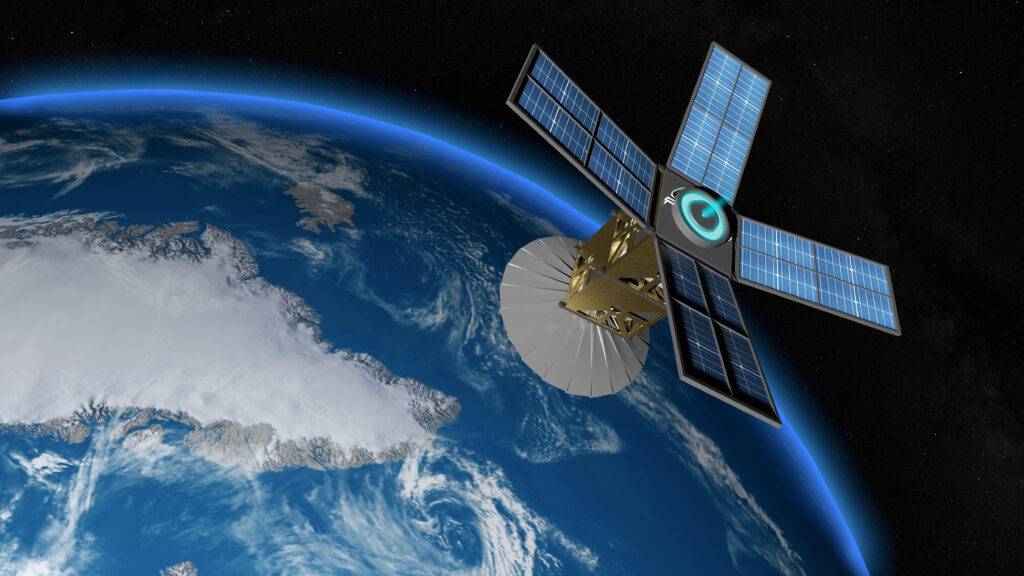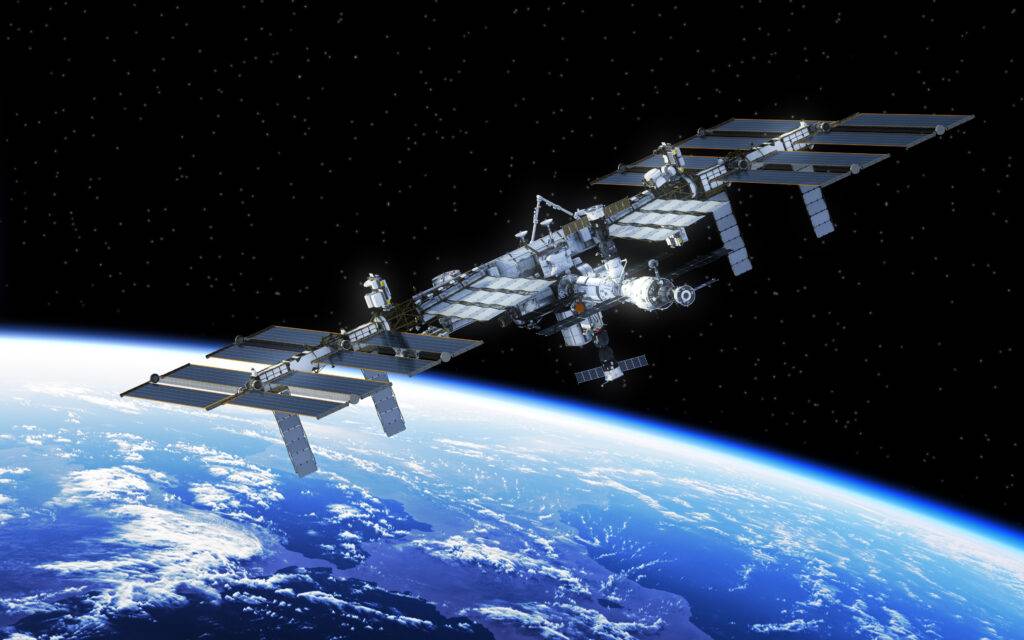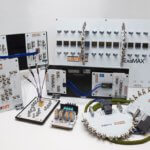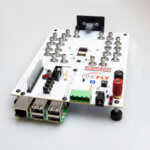Elon Musk is in the news again. But when is Elon Musk not in the news? Of course, many people have an opinion about his purchase of Twitter. More importantly, Mr. Musk is revolutionizing internet access and soon future mobile phone access with LEO satellites.

Starlink is a constellation of satellites providing internet access (and eventually mobile phone service) to ~40 countries. Starlink has been in the news for its reach into Ukraine and potentially even Iran. Via SpaceX, currently 3,000 satellites have been deployed with another 42,000 planned.
So, what is an LEO satellite?
LEO Satellites – A Brief Primer
It’s 1957. Americans are terrorized by a beach ball-sized object called Sputnik 1. While some may have thought life was ending, in reality the USSR successfully launched the first artificial satellite. The Space Race was on that eventually culminated in the Apollo missions to the moon.
LEO stands for low Earth orbit. Essentially, any satellite that orbits up to 2,000 km above the earth is considered an LEO satellite. Sputnik could be considered the first LEO satellite. The International Space Station (ISS) and China’s Tiangong Space Station (TSS) are good examples as well. Obviously, Mr. Musk’s Starlink constellation is made up of thousands of these devices.

LEO satellites are small in size. Low signal strengths for communicating with ground equipment simplify their design as well. These and other factors make LEO satellites relatively cost-effective to launch. Like Mr. Musk, many companies are racing to launch similar constellations for global communications.
Samtec Interconnect Options for Satellites
As stated, LEO Satellites are typically smaller and more cost-effective compared to similar solutions. When designing the applications, engineers rely on optimized SWaP-C solutions. In other words, optimized size, weight, power and cost are key design goals in these applications.
Additionally, increased data rates, EMI shielding, and rugged and reliable operations are key concerns as well. Outgassing measures the level of gases and vapors released from non-metallic materials when exposed to extreme heat and/or a vacuum. This is critical in a satellite’s vacuum environment, where gas can condense and potentially harm surrounding interconnects. Samtec utilizes NASA outgassing data to determine qualifying products.
Key Samtec Products used include:
For more information, please visit www.samtec.com/milaero or e-mail [email protected].


Leave a Reply